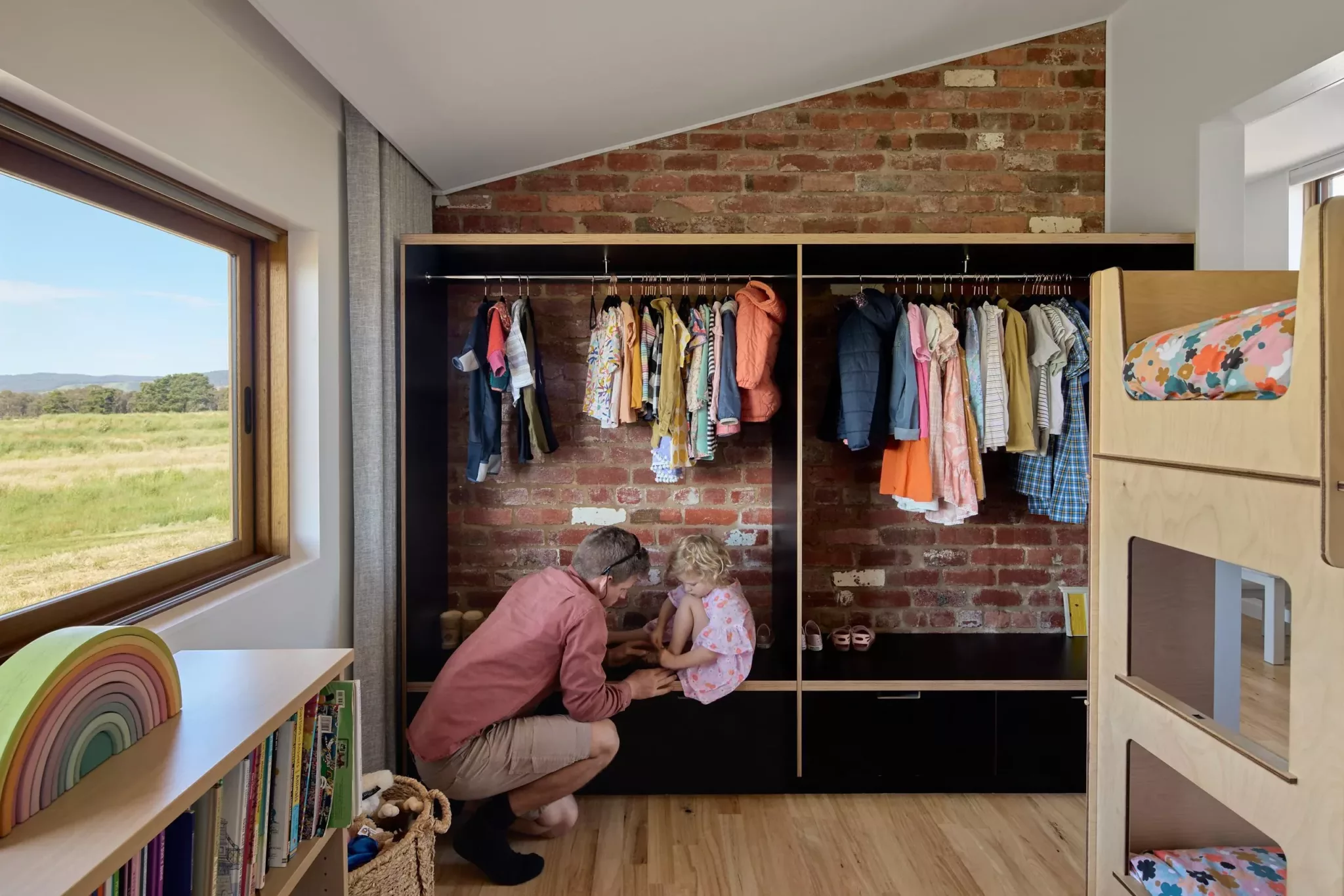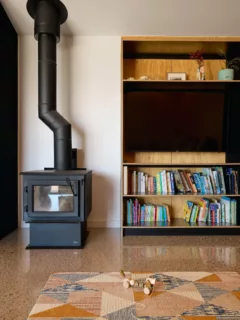
Solar Passive Design and Sun Angles
Thermal mass is the ability of a material to absorb, store and release heat.
Thermal Mass is an often misunderstood principle of solar passive design.
- Using thermal mass appropriately can improve the thermal performance of your home.
- Using it inappropriately can make your home less comfortable and increase your energy bills.
Materials with high thermal mass include:
- Concrete
- Bricks
- Rammed Earth
- Water
- Stone
How to use Thermal Mass
In climates found in North East Victoria and Southern NSW, thermal mass can be incredibly beneficial to increase comfort and reduce energy use in your home.
- In winter, thermal mass can absorb heat during the day from direct sunlight. It re-radiates this warmth back into the home throughout the night.
- In summer, thermal mass can be used to keep the home cool. Absorbing excess heat within the home.

Where to use Thermal Mass
To work effectively in winter the thermal mass must have access to solar radiation or excess radiation from fireplaces or panel heaters.
To work effectively in summer it must be excluded from direct sunlight to ensure it does not absorb excess warmth. Cross ventilation at night can be used to purge stored energy.
The effectiveness of thermal mass is dependent on glazing areas, glazing type and shading. Effective insulation and sealing is also required to ensure the captured heat is retained within your home.
Two rules to follow are:
- Locate thermal mass such as concrete slabs in north-facing rooms with good solar access, exposure to cooling night breezes in summer and ensure they are shaded in summer.
- Locate thermal mass such as feature brick walls near the centre of the building. Where possible allow ventilation through these spaces to purge excess heat at night in summer.
Beware: Incorrect placement of thermal mass can have adverse affects to your homes comfort and energy use.
More information at Solar Passive Design
Our favourite resource from understanding all the elements of Solar Passive Design is https://www.yourhome.gov.au/.